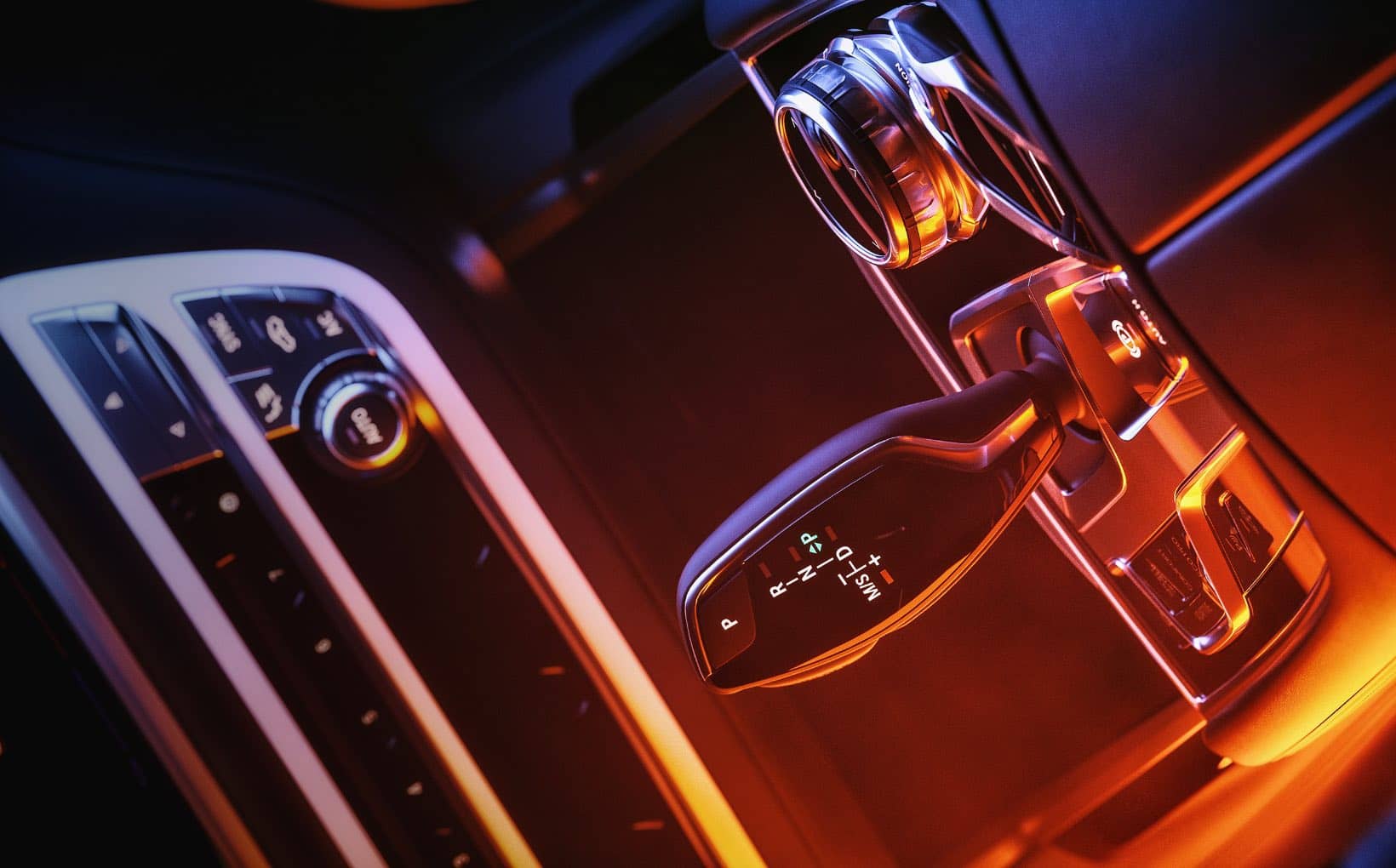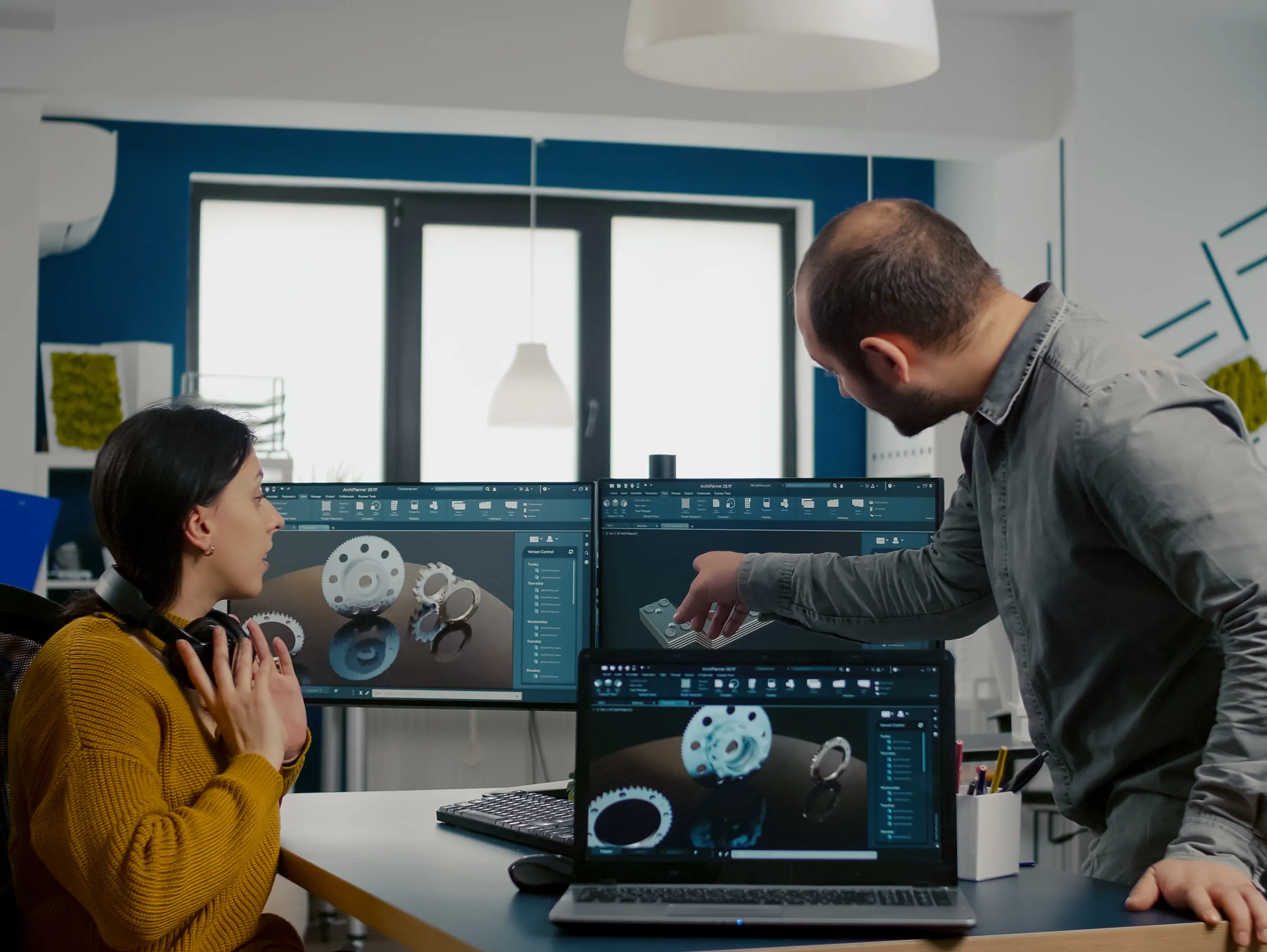Design is a crucial aspect of the creative industry, and it is the process of planning and creating visual content, products, and environments that are functional, appealing, and efficient. In design, there are ten basic elements that designers use to create and enhance their work. These elements include line, shape, form, space, texture, value, color, contrast, balance, and unity. In this analysis, we will explore each of these elements in detail and discuss their significance in design.
Line
Line is a fundamental element in design, and it refers to the continuous mark made on a surface by a pen, pencil, or brush. Lines can vary in length, width, and direction, and they can be straight, curved, or broken. In design, lines are used to create shapes, patterns, and textures, and they can be used to guide the viewer’s eye through the design. Lines can also be used to create emphasis or to convey different moods and emotions. For example, thick, dark lines can create a sense of boldness and strength, while thin, light lines can create a sense of delicacy and fragility.
Shape
Shape is another essential element in design, and it refers to the two-dimensional area that is defined by a boundary or outline. Shapes can be organic or geometric, and they can be simple or complex. In design, shapes are used to create patterns, textures, and compositions, and they can be used to convey different meanings and emotions. For example, circular shapes can create a sense of unity and continuity, while angular shapes can create a sense of tension and movement.
Form
Form is the three-dimensional equivalent of shape, and it refers to the volume or mass of an object. Forms can be organic or geometric, and they can be simple or complex. In design, forms are used to create objects, products, and environments, and they can be used to convey different meanings and emotions. For example, rounded forms can create a sense of comfort and security, while angular forms can create a sense of tension and aggression.
Space
Space is another crucial element in design, and it refers to the area or volume that surrounds objects or forms. In design, space is used to create a sense of depth, dimension, and perspective, and it can be used to create balance and harmony within a composition. Space can also be used to create a sense of movement and flow, and it can be used to convey different moods and emotions. For example, open spaces can create a sense of freedom and tranquility, while closed spaces can create a sense of confinement and isolation.
Texture
Texture is an element in design that refers to the surface quality of an object or form. Texture can be tactile or visual, and it can be smooth, rough, shiny, or matte. In design, texture is used to create interest, depth, and contrast within a composition, and it can be used to convey different meanings and emotions. For example, rough textures can create a sense of ruggedness and toughness, while smooth textures can create a sense of elegance and sophistication.
Value
Value is an element in design that refers to the lightness or darkness of a color or tone. In design, value is used to create contrast, depth, and dimension within a composition, and it can be used to convey different moods and emotions. Value can also be used to create emphasis and to guide the viewer’s eye through the design. For example, high-contrast values can create a sense of drama and intensity, while low-contrast values can create a sense of subtlety and gentleness.





